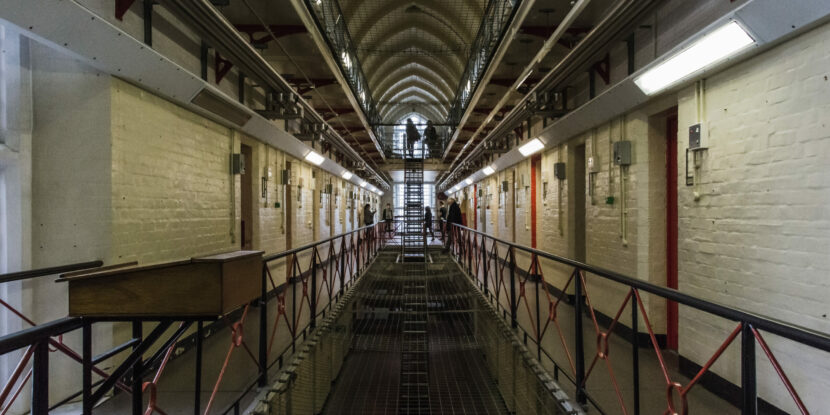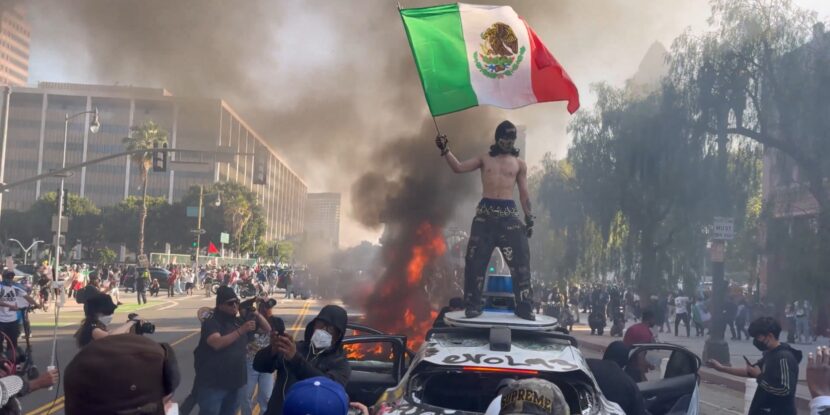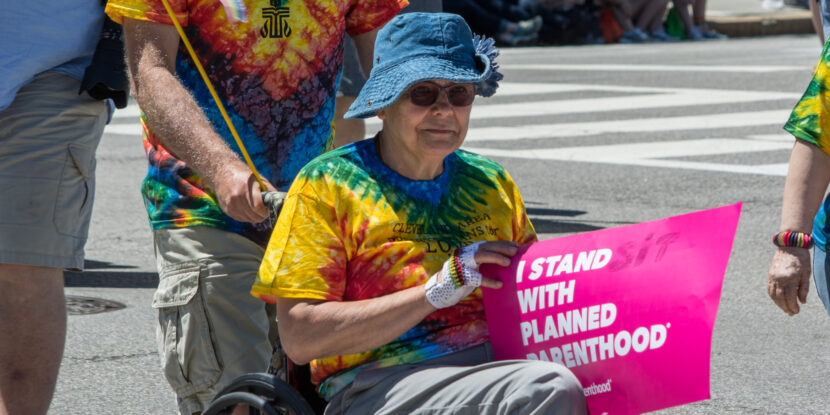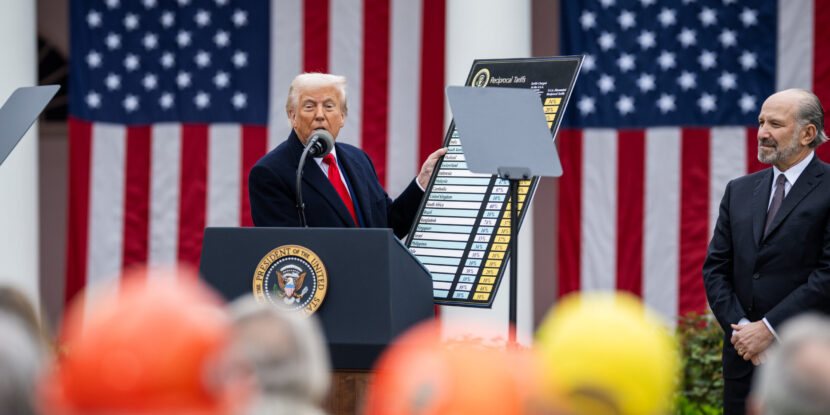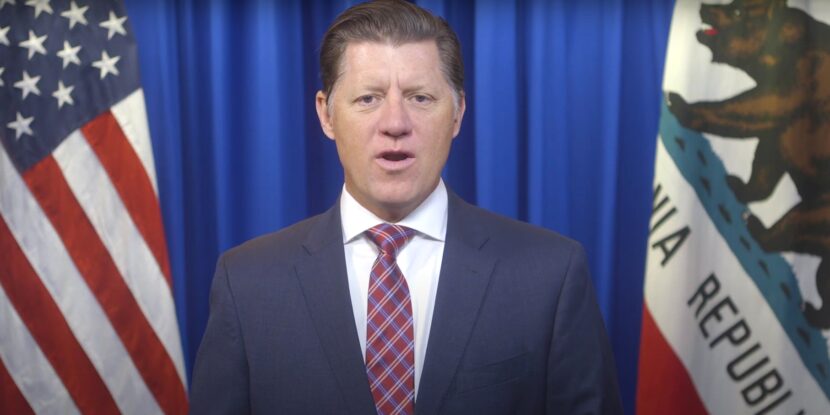❓WHAT HAPPENED: Department of Homeland Security (DHS) Secretary Kristi Noem signed a waiver to allow for the construction of a waterborne barrier on the southern border in Texas.
👤WHO WAS INVOLVED: Secretary Kristi Noem, U.S. Customs and Border Protection (CBP), and the U.S. Border Patrol’s Rio Grande Valley Sector.
📍WHEN & WHERE: Construction planned in the Rio Grande River, Cameron County, Texas, with awards expected by the end of Fiscal Year 2025.
🎯IMPACT: The barrier aims to close capability gaps, deter illegal crossings, and create safer conditions for border agents.
Department of Homeland Security Secretary Kristi Noem has signed a waiver for the rapid construction of around 17 miles of waterborne barrier in Texas. The barrier will be built in the Rio Grande River in Cameron County, Texas, within the U.S. Border Patrol’s Rio Grande Valley Sector, to help combat human and drug traffickers.
The RGV Waterborne Barrier Project has been solicited and is planned for award by the end of Fiscal Year 2025, using U.S. Customs and Border Protection (CBP) FY 2021 appropriations. This marks the sixth waiver signed by Secretary Noem for border barrier construction projects along the southern border.
Addressing a capability gap in waterways along the Southwest border, CBP has identified the need for waterborne barriers to combat drug smuggling, human trafficking, and other illegal activities. These barriers are also intended to create safer conditions for patrolling agents and deter illegal crossings through hazardous waterways.
The Secretary’s waiver authority, granted under Section 102 of the Illegal Immigration Reform and Immigrant Responsibility Act of 1996, allows DHS to bypass certain legal requirements, including environmental laws, to expedite the construction of these physical barriers and roads.
Join Pulse+ to comment below, and receive exclusive e-mail analyses.




